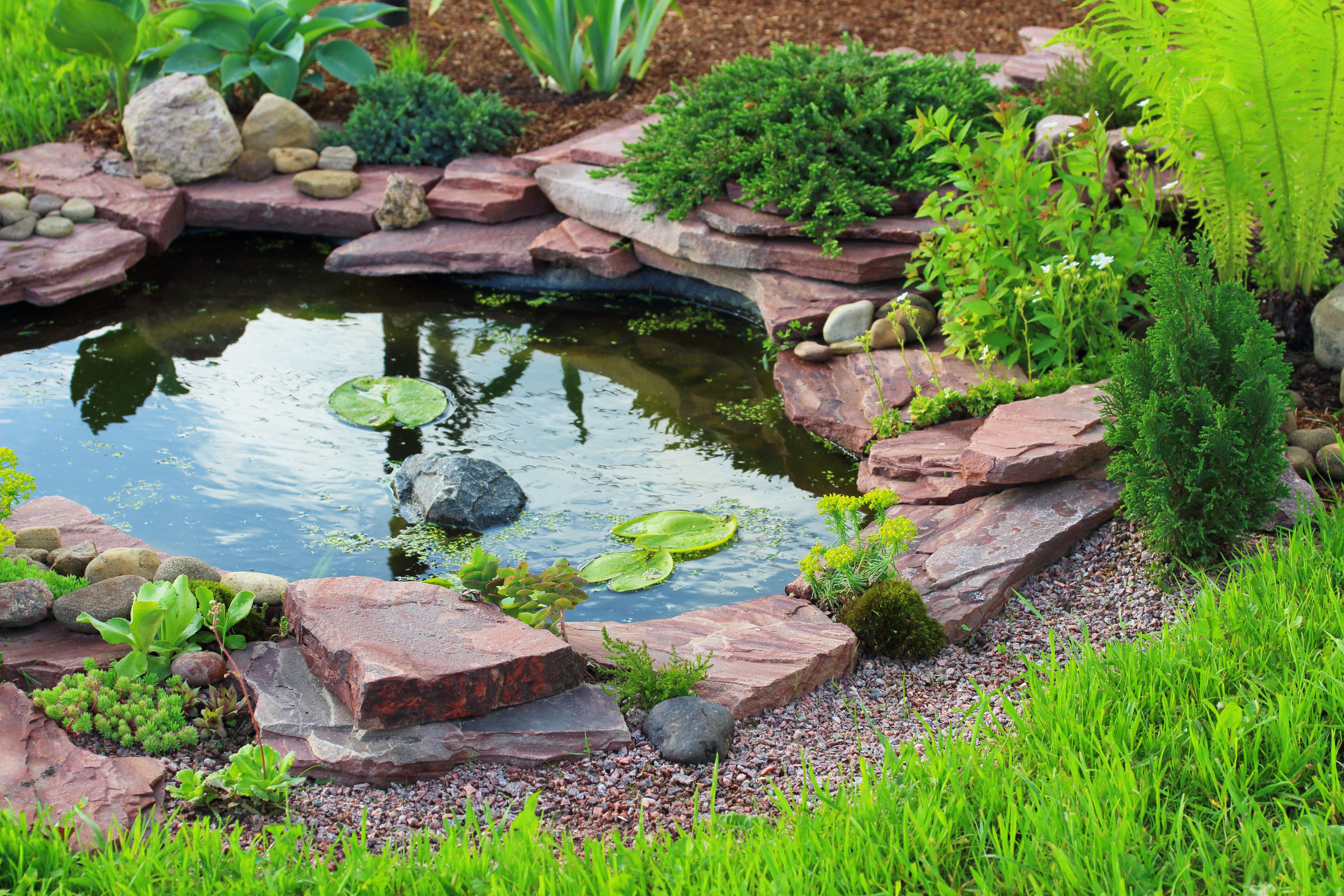
Ponds add an element of tranquility and beauty to any outdoor space. However, one common issue that pond owners often face is the presence of unwanted algae. Algae can quickly take over a pond, turning the water green and making it difficult to see the plants and fish within. Not only does this detract from the overall aesthetic appeal of the pond, but it can also negatively affect the pond's ecosystem.
Understanding Algae
Algae are simple, plant-like organisms that can vary in size, shape, and color. Three main types of algae are commonly found in ponds: filamentous, planktonic, and chara. Filamentous algae are the most common type and appear as long, stringy strands that can form dense mats on the water's surface. Planktonic algae are microscopic and cause the water to appear green or brown. Chara, also known as muskgrass, is a type of algae that resembles submerged flowering plants and can be mistaken for aquatic vegetation.
The presence of algae in a pond is a natural occurrence and is typically not cause for concern. However, excessive algae growth can lead to a variety of issues, including oxygen depletion, fish kills, and foul odors. Therefore, it is important to take proactive measures to control algae growth in order to maintain a healthy and balanced pond ecosystem.
Preventative Measures
One of the best ways to keep your pond algae-free is to implement preventative measures. By maintaining a well-balanced ecosystem, you can create an environment that is less hospitable to algae growth. Here are some important steps to take:
1. Adequate filtration: A good filtration system is essential for keeping your pond water clean and clear. Make sure to choose a filter that is appropriate for the size of your pond and regularly clean or replace the filter media as needed.
2. Oxygenation: Proper oxygen levels are crucial for a healthy pond ecosystem. Installing a quality aeration system can help to oxygenate the water and create a more hospitable environment for beneficial bacteria and aquatic plants.
3. Regular maintenance: Routine maintenance tasks such as cleaning debris from the pond, trimming overgrown plants, and checking water quality parameters can help prevent algae growth before it becomes a problem.
4. Avoid overfeeding fish: Excess fish food can contribute to nutrient buildup in the pond, which can fuel algae growth. Be mindful of how much you feed your fish and remove any uneaten food from the water.
Algae Control Methods
If you are already dealing with an algae problem in your pond, there are several methods that you can use to control and eradicate the algae. Here are some effective strategies:
1. Manual removal: For filamentous algae, you can physically remove it by hand or using a pond rake. Be sure to remove as much algae as possible to prevent it from regrowing.
2. Chemical treatments: A variety of algaecides are available on the market that can help kill off algae. Following the manufacturer's instructions carefully and using these treatments sparingly to avoid harming fish or other aquatic life is important.
3. Beneficial bacteria: Adding beneficial bacteria to your pond can help break down organic matter and reduce nutrient levels, inhibiting algae growth. Look for products that contain natural bacteria strains that are safe for fish and plants.
4. Barley straw: Barley straw has been used for centuries as a natural way to control algae in ponds. When bales of barley straw are placed in the water, they release compounds that inhibit algae growth.
Maintaining a Clean Pond
In addition to implementing preventative measures and algae control methods, there are several other steps that you can take to ensure that your pond remains clean and algae-free. Here are some tips for ongoing maintenance:
1. Regular water testing: It is important to regularly test the water quality in your pond to ensure that it is within the optimal range for fish and plants. Test for parameters such as pH, ammonia, nitrites, and nitrates.
2. Nutrient management: Excess nutrients such as phosphates and nitrates can contribute to algae growth. You can reduce nutrient levels in your pond by adding aquatic plants that help absorb nutrients and avoid overfeeding fish.
3. Shade the pond: Algae thrive in sunlight, so providing shade for your pond can help inhibit algae growth. Planting trees or installing a shade sail can help to create a cooler, shadier environment for your pond.
4. Regular maintenance: Stay on top of routine maintenance tasks such as cleaning out filters, removing debris from the pond, and checking for leaks or other issues. By staying proactive, you can prevent algae from taking hold in your pond.
Shop LilyBlooms Aquatic Gardens Today!
You can keep your pond looking clean and beautiful year-round with proper care and maintenance. At LilyBlooms Aquatic Gardens, we offer a wide selection of live pond plants, trapdoor pond snails, and water garden products to help you create and maintain a thriving pond ecosystem. Browse our products and learn more about how we can help you achieve the pond of your dreams. Don't let algae take over your pond – take control of your pond's health and beauty today!
